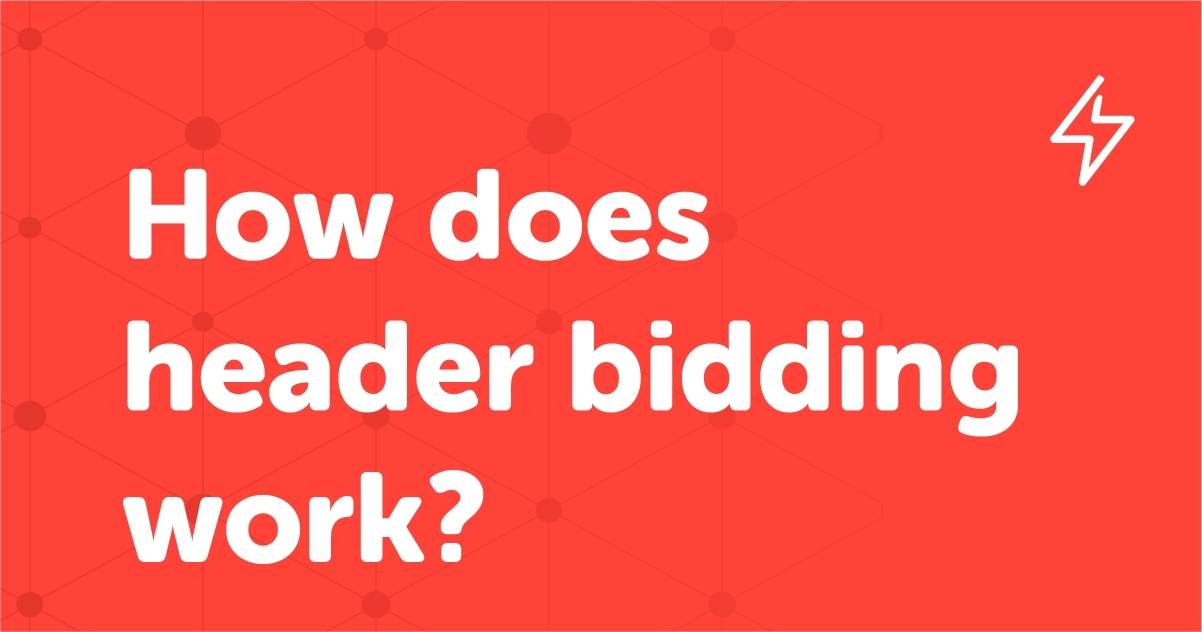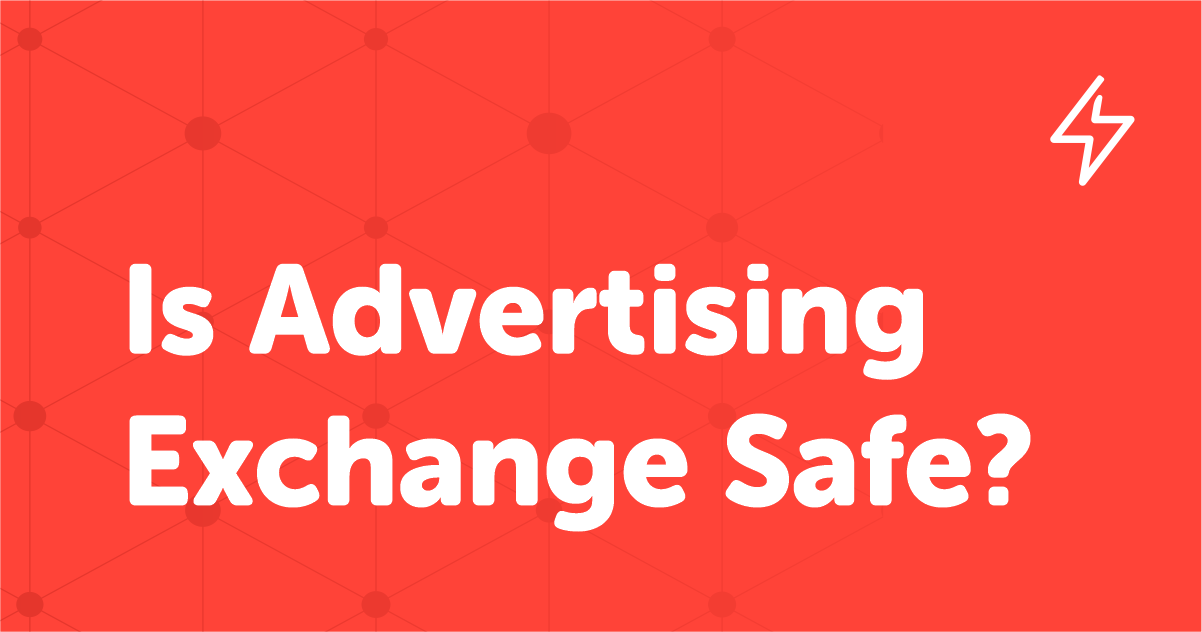Table of Contents

Learning something new is difficult but unlearning something old can be way more tiresome! Something similar is happening to our dear old players of the programmatic ecosystem – advertisers and publishers. ‘Third-party cookies going away’ – Lately, the air of uncertainty is looming above these two participants. Amidst rising privacy concerns and regulatory scrutiny, Google is determined to wipe out support for third-party cookie data altogether.
“As the deadline to retire third-party cookies edges closer, marketers and publishers need to collaborate to enable advertising that is relevant, responsible, and resilient. These findings also challenge the narrative that third-party data enrichment is dead and indicate second-party and third-party data still hold considerable clout” – Chris Hogg, Lotame Managing Director EMEA.
One-in-four publishers seek help in finding quality data to enrich their first-party data, while 49% are currently using survey and panel data. As a publisher, you must be thinking about how to monetize your inventory without third-party cookies, right? While the response to this setback is not simple, the downfall of cookies doesn’t mean the termination of data-driven advertising.
Existing in a post-cookie world can be an overwhelming phenomenon for publishers; however, the advice from all the tech providers is undisputed and unanimous: Look for alternatives by working collaboratively wherever required. Publishers can still help brands or advertisers get even closer to their audiences. Even without cookies, there is huge access to a wide variety of audience data in the form of Contextual Data, Identity Graphs, Universally Unique Identifier (UUID), First-party Data, and more. Publishers need to be transparent, prepared, and ready to adopt a culture of trust and loyalty, where everyone stands to benefit.
What is a Cookie?
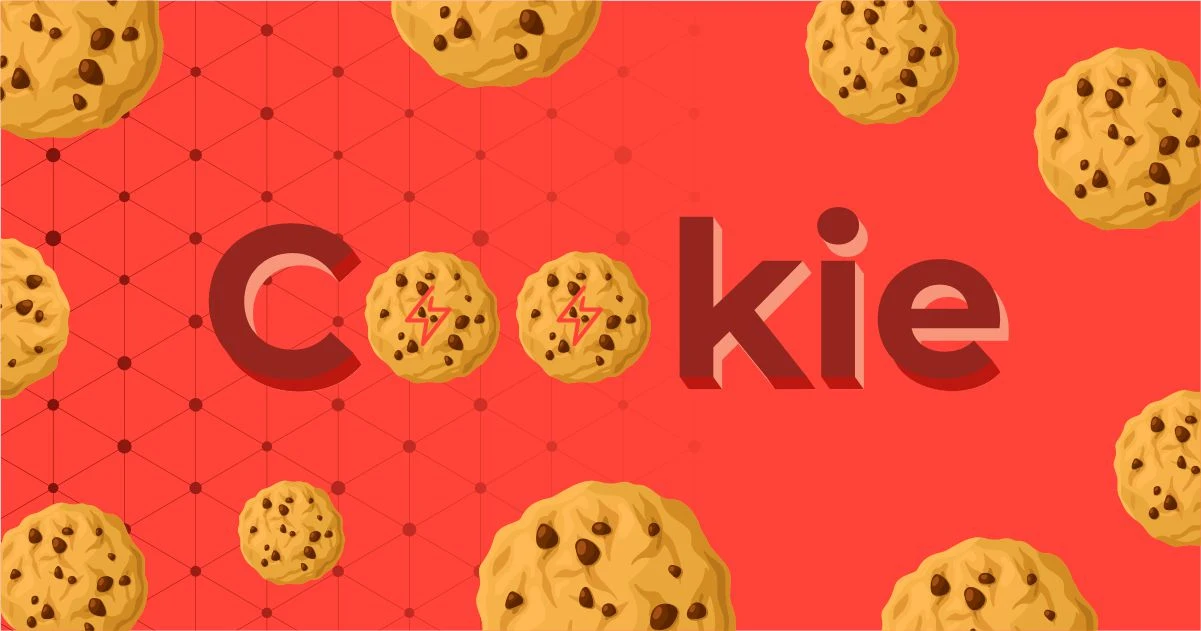
Whatever you search or read on search engines, everyone is talking about cookieless world 2022, cookieless world marketing, google cookieless world, cookieless world 2023, cookieless future, preparing for a cookieless world, cookieless tracking, or first-party data cookie-less world. The impending post-third-party cookies (P3PC) world will demand different and advanced strategies from publishers. Currently, as a publisher, you must be facing a ‘digital deluge’ of unfettered access to third-party cookie information. To make your life simpler, let’s jump and dissect the real meaning of a cookie.
Cookie:
Cookies are tiny text files with informative or small data blocks created by a web server while a visitor or user is browsing a specific website. A web cookie, internet cookie, browser cookie, or simply cookie is placed on the user’s computer or other devices by the visitor’s or user’s web browser. Specific cookies identify users or visitors and improve their web browsing experience.
What is a first-party cookie?
A first-party cookie is created, generated, and stored directly by the website or domain the user is visiting. It is responsible for retaining analytics data, remembering language settings, and performing other useful functions that provide a good user experience.
What is a third-party cookie?
However, third-party cookies are the cookies set by a website or domain other than the one the user is currently on. The third-party cookies are primarily used to track users between websites and display more relevant ads between multiple websites.
What is the cookieless era?

Fundamentally, cookies are not treacherous and will not corrupt your computer with damaging viruses or malware. However, some users can label third-party cookies a privacy invasion. Hence, this conundrum has led to new privacy laws, such as GDPR and CCPA, which gave users more control over what cookies were tracking them.
Due to these recent developments in privacy law, initiatives have emerged in the programmatic industry to move away from cookies for tracking purposes. Hence, the publishers and advertisers are on the verge of the ‘cookieless era,’ the most impactful shift in the history of programmatic advertising.
Apple and Microsoft state, “Privacy is a fundamental human right.” In 2014, the Safari browser (Apple) launched a functionality sanctioning users to block third-party cookies while surfing the web. This gave birth to Intelligent Tracking Prevention (ITP). Marketers are unable to track behavior once users adapt these browser settings to block cookies, and it also reduces the options for targeted advertising campaigns. In 2019 Firefox followed Safari’s footsteps, and now in 2023, the Google Chrome browser will also join the cookieless bandwagon.
“We don’t believe these solutions will meet rising consumer expectations for privacy, nor will they stand up to rapidly evolving regulatory restrictions, and therefore aren’t a sustainable long-term investment. Instead, our web products will be powered by privacy-preserving APIs which prevent individual tracking while still delivering results for advertisers and publishers,” says Google.
How are publishers tackling the impact of the cookieless era?
Looming limitation on targeting and measuring:
Third-party cookies always created the base for digital publishers on behalf of targeted ad serving; however, removing these cookies means limiting this possibility. 49% of US digital media professionals polled by IAC (Integral Ad Science) in October 2020 quoted third-party cookie deprecation as one of their top 3 challenges for the industry in the following year.
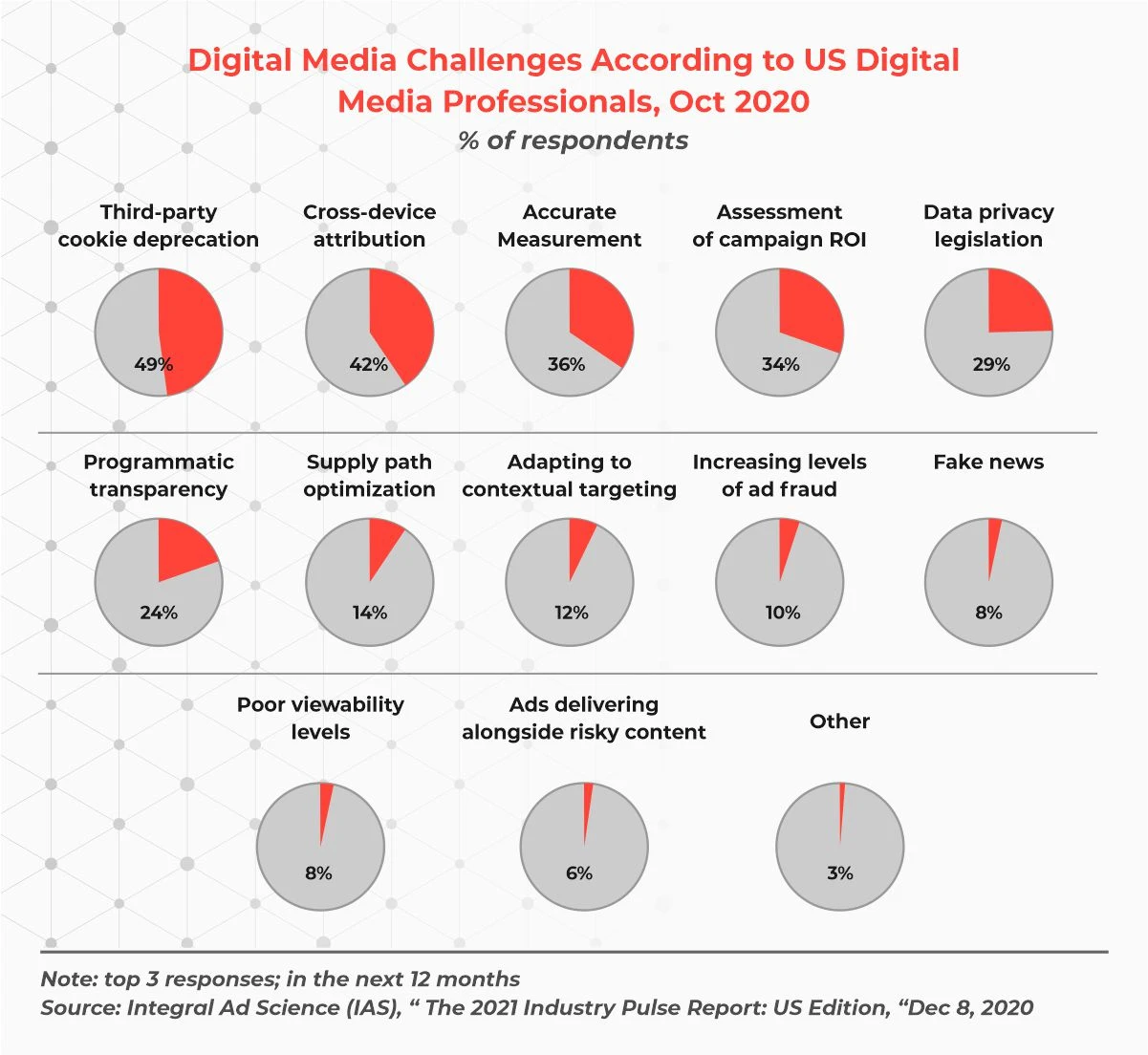
Today, most publishers believe that the deprecation will hurt their ability to both target by 55% and measure ads by 55%, respectively. They agreed that their ability to target and measure ads would be hurt in the cookieless era. Publishers share the most vulnerability under the third-party cookie loss. Eventually, it will affect ad addressability, causing CPM pricing on the unidentified or undisclosed web to plunge. The solution may be tedious but can help the publishers immensely, they must leverage their first-party data in a cookieless future if they want to be sustainable.
Publishers need to take a chance on their valuable first-party data:
With the sad demise of third-party cookies, the market value for first-party cookies is rising immensely. Now, advertisers are turning their focus on regaining the potential data loss caused mainly by Intelligent Tracking Prevention (ITP), Firefox updates, and other browser changes. The impact is more towards advertisers compared to publishers because advertisers are losing third-party data via the browsers they relied on so much.
First-party cookie is publisher’s north star:
On the other hand, publishers never gave up on the value that first-party cookies brought earlier. It gave an advantage to publishers that they had not experienced before; now, the cookieless era puts them on equal footing with advertisers and better positions them to thrive in a privacy-first world. Advertisers recognize that getting closer to publishers is in their best interest; however, they must cling to this opportunity as a long-term solution to gain ultimate user insights. As publishers and advertisers realize they need to work more closely, nearly all publishers (95%) report using supplemental data to enrich their first-party data assets. IAB Europe Programmatic Trading Committee has explained how publishers could get more out of their programmatic set-up with an IAB Europe post-cookie guide.
How can publishers thrive in the cookieless era?
Encouraging direct relationships with advertisers using first-party data:
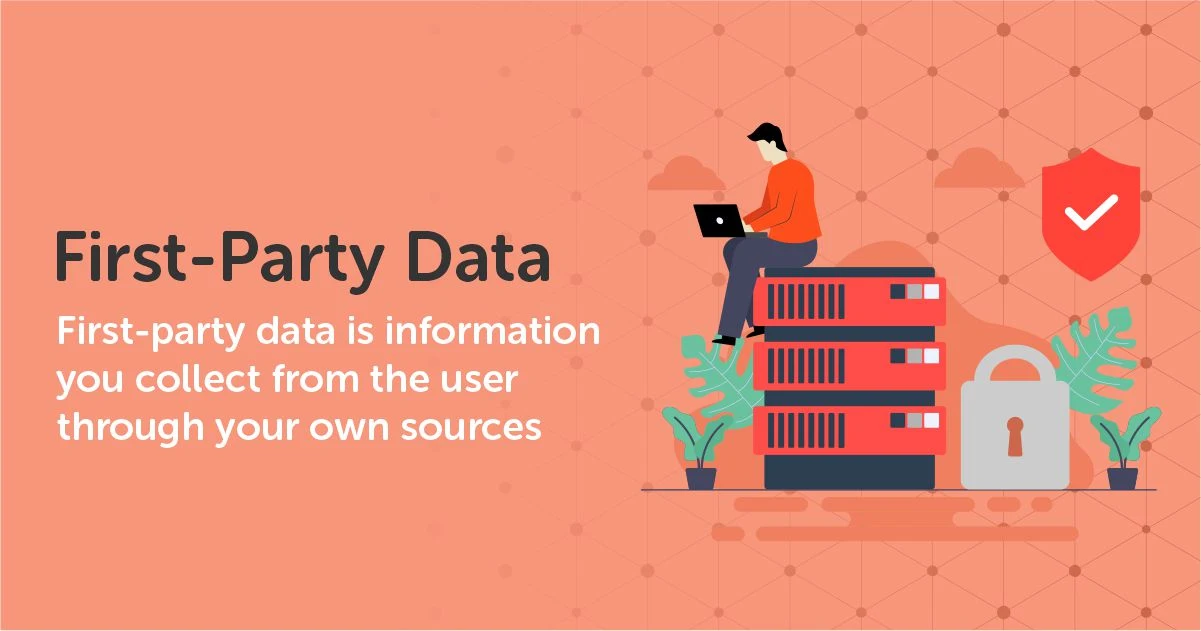
“It’s about leveraging first-party data, it’s understanding the inter-connectedness of the content they’re consuming. This is the tip of the iceberg of supporting products that are not ad-supported”- Mark Howard, CRO, Forbes.
‘Strategic partnering’ is the new mantra for success in the post-cookie era both for publishers and advertisers. Once upon a time, when there was no trace of programmatic, publishers and advertisers often encouraged an exclusive relationship, participating one-on-one for the customer’s benefit. While that’s impossible due to complexity in the programmatic ecosystem, both sides are quickly revisiting their roots.
Building direct relationships with advertisers using first-party data is a great start. With paid subscriptions, publishers can collect data and monetize the readership.There are several subscription models like a metered paywall, dynamic paywall, and more. Publishers can collect the email addresses and names of registered users. Plus, they can ask a few questions that will help them know users’ coverage interests. By collecting such helpful information, a publisher can charge more from the advertisers without even using third-party cookies.
Usage of CMP and CDP will do the trick:

If you want to make your life easier, gathering and managing consent on your website via a Consent Management Platform (CMP) is necessary. It can ensure that users have transparency and know that their data is controlled. No gray area or violation of law is committed and you can deliver personalized content and ads anytime. Moreover, you can build your consent management platform if you have specific needs. Customer Data Platforms (CDPs) can offer a publisher advanced analytics and tools to collect and store first-party data. In this privacy-centric world, as a publisher you can lead with your direct-sold ad campaigns, use the first-party data to create an alias identifier for each user, and apply frequency caps across multiple devices without the use of third-party cookies.
Contextual data is the key:

“In our shift from a more linear acquisition and retention model to a relationship model where the customer is at the center, data and insights about our customers is critical.” – Nicole McGuire, SVP of Consumer Marketing, Kalmbach Media. As we know, third-party cookies use users’ behavior on the website to generate a profile. However, contextual data assists in targeting by relying on the background (big data) in which the user is browsing. Keywords and topics relevant to a specific website’s content are targeted to serve ads on the publisher’s website. Contextual relevance is an upheaval for both publishers and advertisers. It is one of the critical factors in improving the monetization of inventory for publishers and helping them drive better outcomes for brands. Proposing a contextually relevant premium inventory allows publishers to generate a better return. With real-time content suitability matching, publishers can increase the price of their existing inventory and efficiently manage unique customer projects.
Build individual consumer identities:

In this competitive programmatic ecosystem, retrieving only data is not enough. It will only make sense if it is sorted to stipulate valuable insights regarding the user. Building individual customer identities is the process of creating identities that involves linking various data points with first-party data to generate a single anonymous profile. The secondary profile that is created is known as an identity graph. The insights drawn from ID graphs regarding an individual user support personalized ads delivery. Nevertheless, in the post-cookie era, the way data arrays were linked previously will need a new level of alteration. Likewise, modification is required while inserting new data too.
What will be the impact of ‘Attention Economy’ & ‘Dynamic Creative Optimization’ on the P3PC world?
Serving a relevant ad to your customers at the proper time and place is the main aim for both publisher and advertiser. In this P3PC world and privacy-friendly future, a commanding amalgamation of contextual targeting techniques and real-time attention metrics will allow individual players to identify, validate and optimize the campaigns. Predictions that are airing – contexts and creatives will be backed by an Attention Time Metric. It is a powerful, real-time, more humanized metric that measures how long a user will look at your ad. It will act as a valid signal of ad relevance, i.e., attention optimized contexts will be directly proportionate with CTR and a higher conversion rate.
More talk around the town is ‘attention economy,’ a recent development in the online advertising world that is leaning towards optimizing attention, not viewability, to improve the impact and effectiveness of the brands. The research has revealed that attention predicts results three times better than viewability.
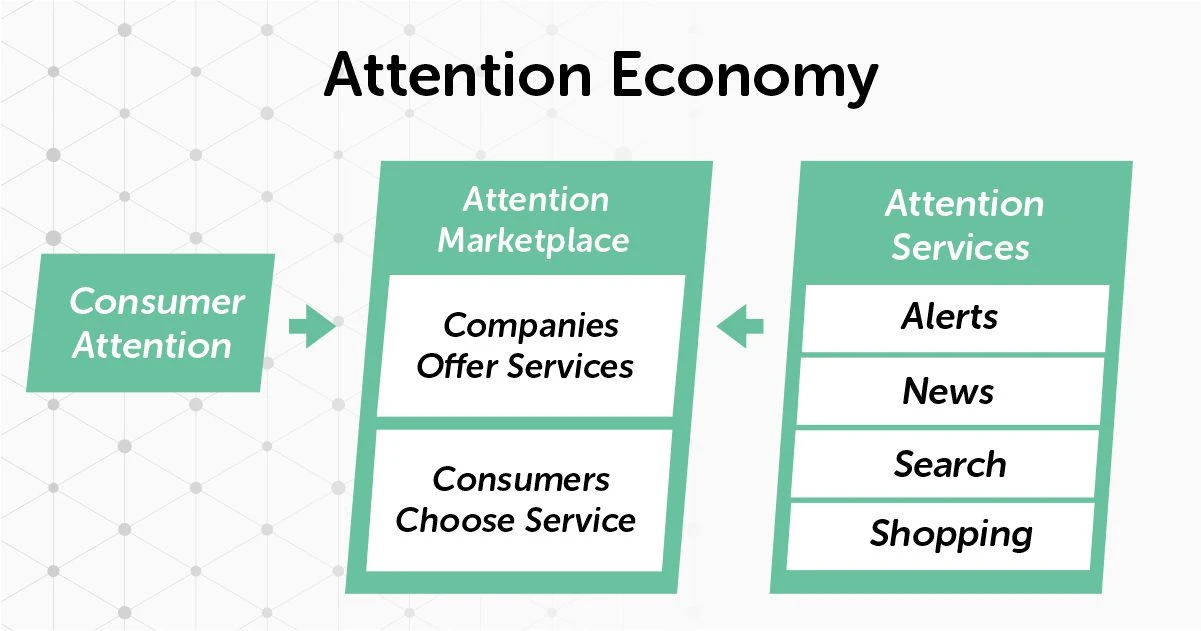
Content categorization and attention-based contextual solutions:
Let’s delve into Rob Hall’s (CEO, Playground xyz) statement indicating content categorization and attention-based contextual solutions. He said, “Continued deprecation of the cookie and consumer advocacy for privacy is forcing brands to put more thought into their contextual targeting. The basic premise of contextual is putting the right ad in the right context, increasing ad relevance. Herein lies two huge innovations that are coming for contextual in 2022.
The first is better profiling and categorization of content. Truly understanding what that article or video is about requires going beyond the name of the article or section of the website it’s on – it requires deep analysis of the page, words, images, and other available metadata. This year we’ll see more advanced learning AI models for natural language processing and image recognition, allowing us to identify better content we think will resonate with the ad.
The second is proving that it was the right context for the ad. This is where real-time attention signals and metrics will shift the paradigm. Because attention signals capture consumer interest in an ad, they’re able to kickstart a powerful feedback loop on ad relevance and resonance. Unlike CTR (which is too sparse) or viewability (which is not a great signal for relevance), attention metrics are available on every impression and are highly correlated with ad effectiveness.
We’ll see this all come together in 2022. Advanced contextual solutions are identifying what the content is about, advanced attention solutions validating whether the ad is resonating or not in that environment (by way of increased/decreased attention), and then real-time optimization engines programmatically delivering the campaign accordingly.”
Nurture and value Personal Connections:
According to Peter Wallace, SVP of sales, EMEA, GumGum, “Traditionally, advertisers have used one catch-all creative message for any digital execution that they do – regardless of who they are speaking to. Often discounting the device, environment, and content that an individual is engaged with. But with the complexity and multi-channel nature of digital consumption, this one-size-fits-all solution must stop. Brands need to adopt a more dynamic approach to their creative strategy, engaging users with messaging that resonates with them as individuals.
In a cookie-free world, brands will increasingly explore the potential to do this with contextual targeting, given its unique ability to speak to an individual and their mindset without the use of personal data. By using contextual intelligence, advertisers can dynamically align the creative with the content that a person is viewing at any given moment in time. This personal connection can significantly increase brand relevance and favorability, especially with rich creative executions.
Next year, the challenge for brands will be to move away from one-size-fits-all messaging and low-value CTR conversions. Instead, by marrying tailored creatives with contextual data, advertisers can achieve more profound levels of engagement and attention, setting the stage for more profound consumer relationships.”
Complete amalgamation of Advanced AI with Dynamic Creative Optimization (DCO):
According to Econsultancy and Google Marketing and Measurement Survey, 90% of marketers believe personalization contributes to business profitability.
Dynamic creative optimization can be referred to as the integration of graphics inside an ad creative while utilizing the user’s specific data like geolocation or products viewed to enhance the overall appeal and functionality of the ads.
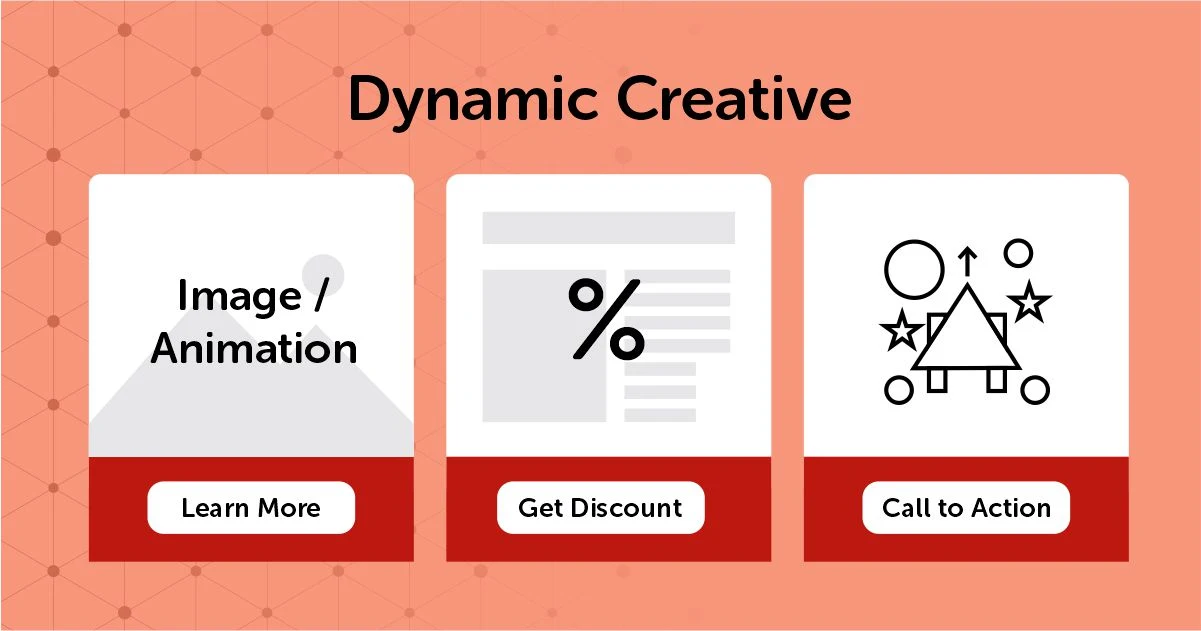
When it comes to DCO, the technique just doesn’t end at filling in personalized data with generic creatives but utilizing advanced AI and machine learning techniques to select the most relevant components for each user in real-time. Resulting in highly optimized content and creative.
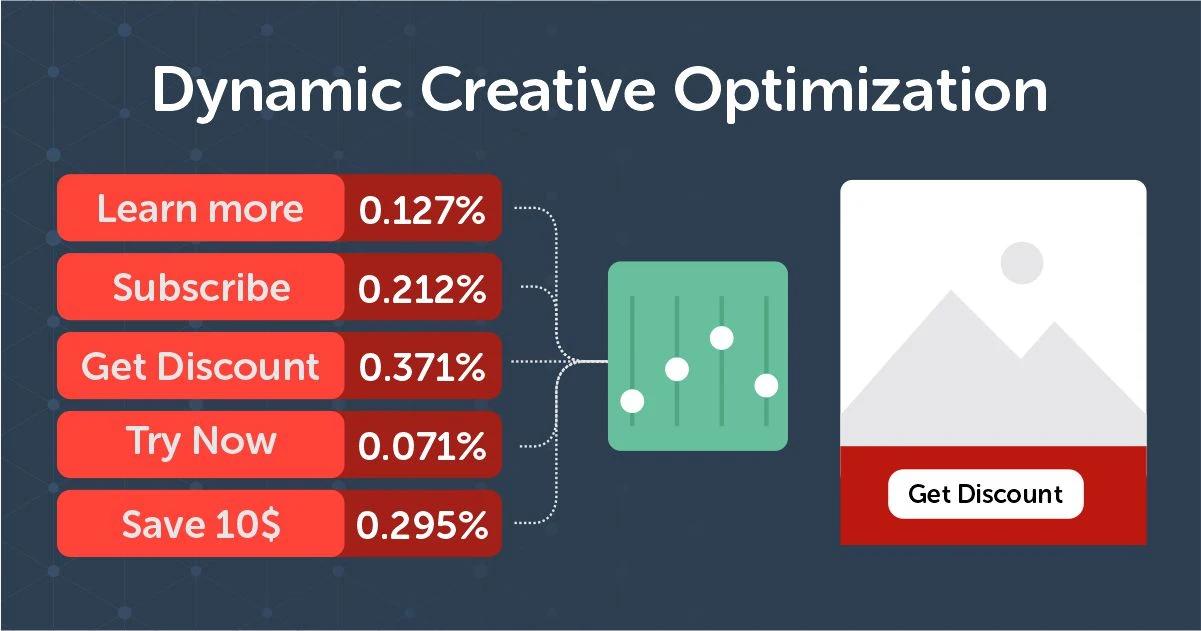
Patrick Shepherd, Head of Programmatic, the7stars, said, “Considering the increased regulatory scrutiny on data privacy, it’s no surprise to see contextual targeting become more prevalent as we go into 2022. The solid brand safety foundation, and the market’s need to identify performance solutions without third-party cookies, will become a major driving force for the growth of contextual.
Aside from GDPR requirements, the idea of context is more than just the placement of a brand or product in a relevant category or geolocation and goes beyond “right time, right place.” Instead, in 2022 contextual targeting will empower emotional response based on the user mindset in that “moment.”
Looking ahead, contextual advertising will see the marriage of advanced AI (including natural language processing and image recognition) combined with dynamic creative optimization to deliver messages tailored to the user mindset moment. This approach complements the unique value brought by actual humans to campaign strategy.
The recent acquisition of Playground XYZ by GumGum will see their contextual AI technology merged with attention measurement – a clear signal to where the market is heading. Moving forwards in 2022, contextually leveraged campaigns will become an essential string to the marketer’s bow.”
These new predictions, studies, and research are in their infancy stage. We all are evolving in this P3PC world, and we will witness some mind-altering solutions in the future.
What’s next?
The current doldrum of eliminating third-party cookies is causing havoc in the publishing industry. It is quite an overwhelming scenario as no one is entirely aware of what the future holds. Google has deferred its plan to block third-party cookies from Chrome internet browser until 2023.
Vinay Goel, privacy engineering director for Google’s Chrome browser said: “It’s become clear that time is needed across the ecosystem” in order to “get this right.” According to GlobalStats, Chrome has a 65% market share worldwide. Farhad Divecha, the founder of digital marketing agency AccuraCast, said the delay was good news for his industry.
We cannot even anticipate if the obtainable solutions will level up the targeted online advertising in this early developmental stage. We believe that publishers need to select their third-party partners carefully, collaborating with ones that will help to enhance their data insights and provide the analytic power to help improve monetization. This strategy opens a more efficient exchange path between publisher and advertiser, leading to increased transparency and quality ads.
AdSparc provides you the key for building robust revenue streams in the cookieless era with the best-in-class technology and data insights that can build an individual-level identifier for better monetization. AdSparc ensures that we will help you monetize better without hindering the user experience. Our next-generation monetization solution is persistently progressing to help publishers foresee a revenue-generating future by meeting every opportunity. Request a free audit and get an estimated revenue growth projection today!
Also Read: Ad Network vs Ad Exchange

